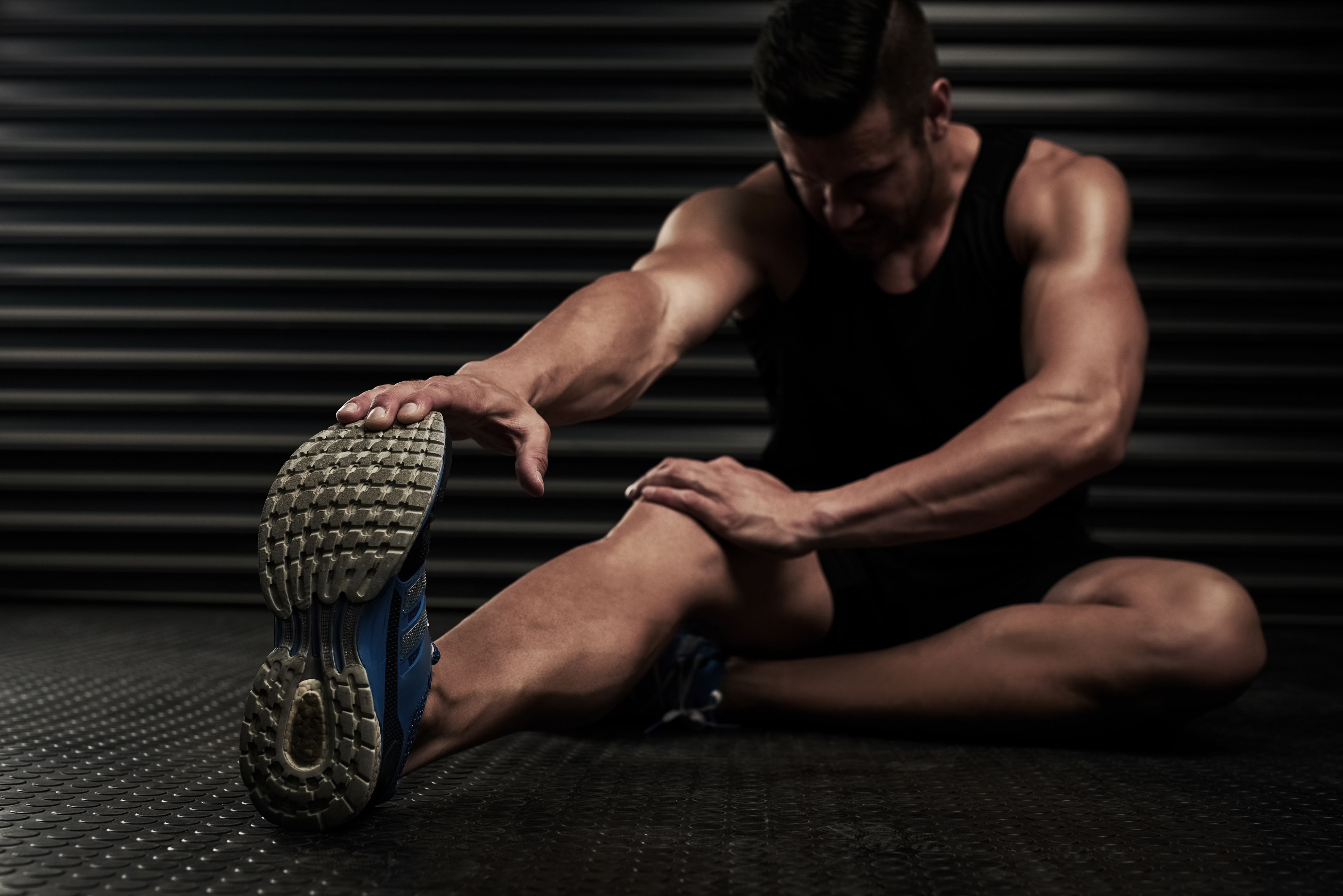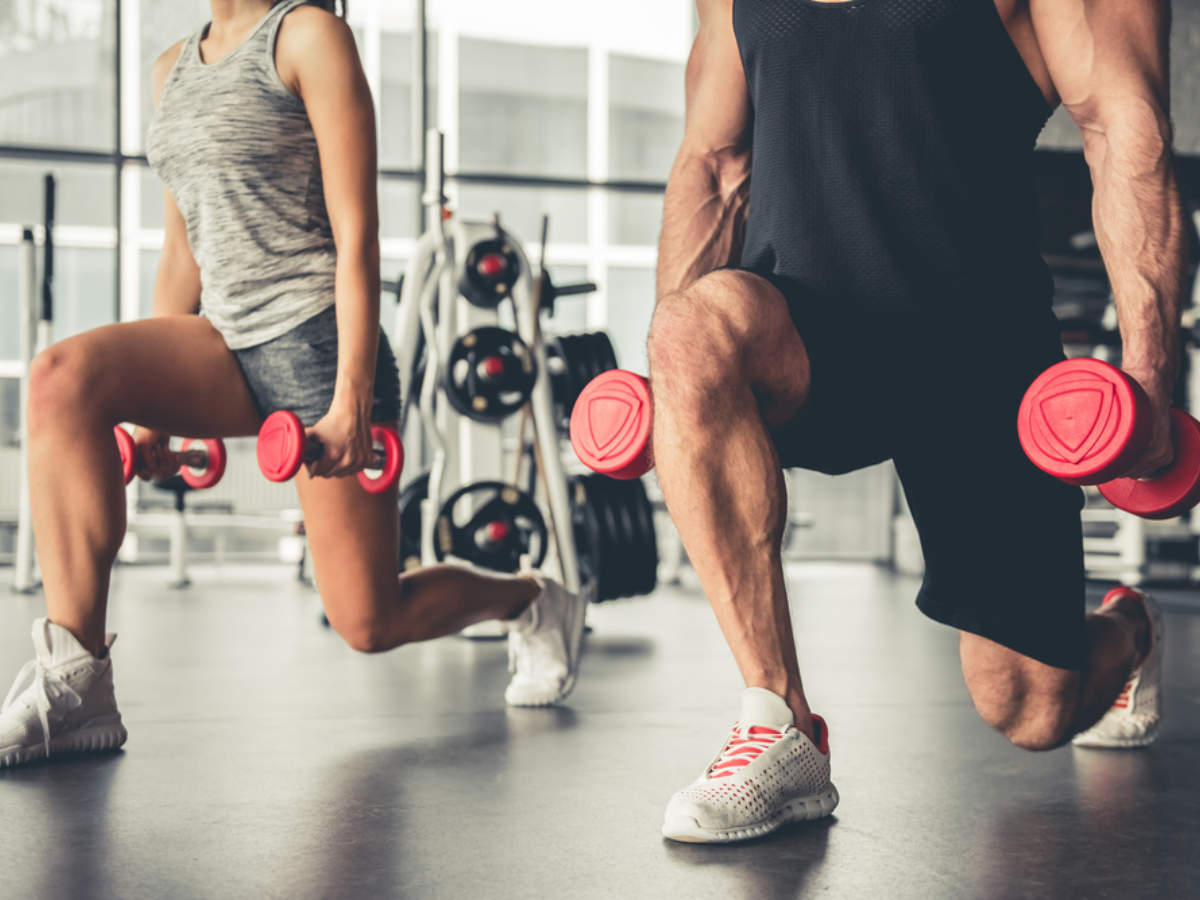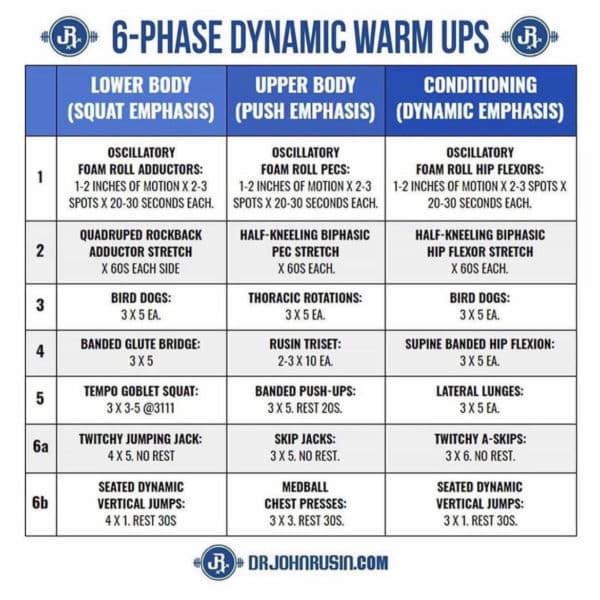Whether you’re operating from an in-person or virtual model, if you’re a coach in 2021, you’re guaranteed to work with clients who are experiencing stress and trauma in some capacity.
The research tells us that the most stressful life events are related to workplace and financial stress such as moving homes, the death of a family member/close friend, illness, or injury.
Many of our current and future clients have experienced all of these on top of the uncertainty of the pandemic.
As coaches and trainers, our willingness to grow with the times will inevitably be the way that we can most effectively support our clients through this historic time.
So, What is the Global Pandemic Teaching Us About Strength Training?

Strength training in particular, has the unique capacity to support a clientele that is more chronically stressed than ever before.
Stress not only impacts our ability to show up rested for our workouts, it also affects our recovery in between sessions, as our capacity to regulate the stress hormone, cortisol, becomes diminished.
This, in turn, impacts immunity, sleep quality, metabolism, and blood pressure. As a result, we need to focus on getting our clients as mentally and physically healthy as possible.
As coaches, it’s vital to lead by example, and demonstrate the ways in which strength training is THE movement modality to provide the capacity to get through this unprecedented moment in our history.
3 Reasons Why Strength Training is Crucial for Clients (and Coaches) Living Through a Global Pandemic:
1. Strength Training is the Fast Track to Mental and Emotional Resilience
When going through a fitness program, whether in-person or virtually, clients come face-to-face with their strengths and weaknesses. They also confront their own unique approach to handling discomfort, new skills and, inevitably, failure.
As coaches, we can guide our clients to see these obstacles as an opportunity to get curious versus a personal reflection on their character. Clients can use their new mental muscles to step fully into their lives outside the gym with their families, friends, and co-workers. When clients feel physically strong and pain-free, they will be able to step into the best version of themselves.
2. Strength Training Builds Physical Resilience
Our clients are faced with chronic stress amid a global pandemic, which means that they are holding extra tension in their minds and bodies.
While clients certainly experienced pain and stress prior to 2020, symptoms are intensified at this moment. Implementing recovery (ie: sleep quality, hydration, stress management, daily movement, joint maintenance, and nutrition) is even more challenging.
This reality will amplify symptoms of pain, soreness, and fatigue. Fortunately, a well- designed training program will help clients improve mobility, flexibility, strength, and function, so that they can alleviate pain, reduce the likelihood of injury, and improve their ability to perform everyday activities.
3. Strength Training Provides A Space For Real Connection
One of the most challenging aspects of the pandemic has been isolation, or being removed from the personal and professional networks that make us feel whole and like we are a part of something larger than ourselves.
Whether we are brick and mortar space gym owners/coaches, operate a virtual gym in the online space, or a combination of both, we have the opportunity to create spaces for our clients to feel supported.
We have a unique role in not only writing well-structured programs, but also, in fostering environments that encourage learning, curiosity, connection, and accountability.
Our gyms are more than just places to train. They are spaces where our clients go to seek the intersection between mind, body, and genuine community.
Okay, But How Do We Do This?

The following are in no particular order- all are important!
Step 1: Get Client Buy-In by Walking the Talk

As coaches, we know our clients want to get sweaty and feel like they accomplished something. It’s our job to provide a service that clients enjoy AND also to be leaders, which means that we need to educate our people on the benefits and the drawbacks of HIIT and endurance training when chronically stressed.
HIIT workouts are so effective because they send your stress soaring, increasing your heart rate, blood pressure, and breathing, which means that they also promote that ‘fight-or-flight’ response.
Similarly, longer duration cardio sessions also spike cortisol levels. If clients are already juggling work, home, and pandemic life situations, a HIIT or endurance session, and the resulting cortisol increase might be doing more harm than good.
Constantly elevated cortisol levels lead to sleep interruptions, chronically tight muscles, pain, anxiety, depression, and can also hinder athletic performance.
For clients that are especially stressed, coaches should emphasize the benefits of temporarily ditching the HIIT and endurance workouts in favor of weight training and daily walks to reduce cortisol.
In the long-term, this strategy will get your clients back to training hard way faster than if they kept pushing through the cortisol spiking workouts.
Physical and mental self-assessments are helpful tools to show clients so they can see if they are truly benefiting from these sweaty sessions.
Pre-Workout, have clients do a physical self-assessment:
Prior to your HIIT session, have them notice if they have any of the following symptoms in their body:
– Muscle Pain or Tension
– Increased Resting Heartrate
– Shortness of Breath
– Fatigue
– Headache
– Stomach Pain or Digestive Issues
If they answer ‘Yes’ to any of the above, have them ditch their HIIT or endurance session.
Post-workout, have clients do a mental health self-assessment:
If their mood has not improved post workout- it’s time to trade in their HIIT/endurance for a more cortisol-friendly option.
Step 2: Program Intelligent Warmups
When clients come into their sessions straight from a stressful meeting or finding out that one of the kids on their child’s soccer team has Covid-19, start their training with 2 minutes of 90/90 supine breathing to bring them back down to a parasympathetic state.
From there, they can safely begin their dynamic warm up. Focus on activating the muscles specific to the workout, and practicing the movement pattern of the day.
Central nervous system activation as the last step of their warmup is a fantastic way to get the client fully focused and fired up to hop into the main lift for the day.
Step 3: Keep the Sessions Focused and 45 minutes or Less:

In particular, low rep power and rotational training will be advantageous for coaches to focus on in their programs as this will provide the physical armor to respond to life’s pandemic punches. The last thing we want is our clients getting injured doing something as simple as unloading the dishwasher or picking up their kids from school!
Focus on programming the fundamental movement patterns, and doing the minimum effective dose. More is not better. Better is better.
Step 4: Emphasize Cooldowns:

Training sessions, while beneficial for the mind and body, are inevitably designed to be stressful. Now it is even more important to jump start clients’ recovery process before sending them back into the world.
If clients are short on time, you can simply complete the session with 10-15 supine breaths.
If clients have additional time, you can also introduce one to three longer duration static stretches that are specific to the workout. For example, if it was a squat focused training day, have the client complete a two minute couch stretch on each side followed by a toe sit stretch for ankle mobility.
Check out the PPSC Stretching Guide for Performance HERE
Step 5: Supporting Our Clients Through Recovery

Workout recovery can feel overwhelming for an already stressed clientele. It’s another thing to do, and is often put on the back burner in favor of the intense training session. Coaches should emphasize that clients do not have to tackle all of these topics at once.
Pick one thing for your client to focus on for a month. Build the habit then add on once the habit has been built. If your client works on one thing per month for one year, that’s twelve new habits that are now part of their routine. That’s huge!
You can find some good tips in this PPSC article by coach Martha Marello.
If you’re training online and looking for a way to bring your clients together, create a private Facebook group or Mighty Network so that your clients can connect with each other, and feel that they are practicing these skills together versus solo.
For passive recovery, have your clients work on the basics before adding in any fancy supplements or massage guns. Have passive strategies (quality sleep, stress reduction activities, fuel, hydration, and setting boundaries at work and at home) be part of your clients’ workout calendar, so that they start to prioritize these things as much as the training itself.
As far as active recovery, this will be all the movement outside the structured workouts, as well as daily walks, and joint mobility. As coaches we know the benefits of N.E.A.T. (non-exercise related thermogenesis) and energy system (cardio) training to help boost recovery, mood, and cardiovascular health.
We know N.E.A.T. to be all the activity that happens when we are not sleeping or watching Netflix. Both N.E.A.T, low intensity, and moderate duration cardio will be a valuable part of a well-rounded strength and conditioning program for stressed humans.
Conclusion
We are yet to see the long-term mental and physical health effects of the pandemic.
However, one thing is clear: there is an incredible opportunity for coaches and trainers to step bravely into our new roles of walking alongside clientele in order to train in a way that fully supports and amplifies their lives outside the gym. We have the latitude to be innovative, and to use this new hybrid coaching space to be able to show clients that there is power in building strength and doing things differently for these uniquely stressful times.






